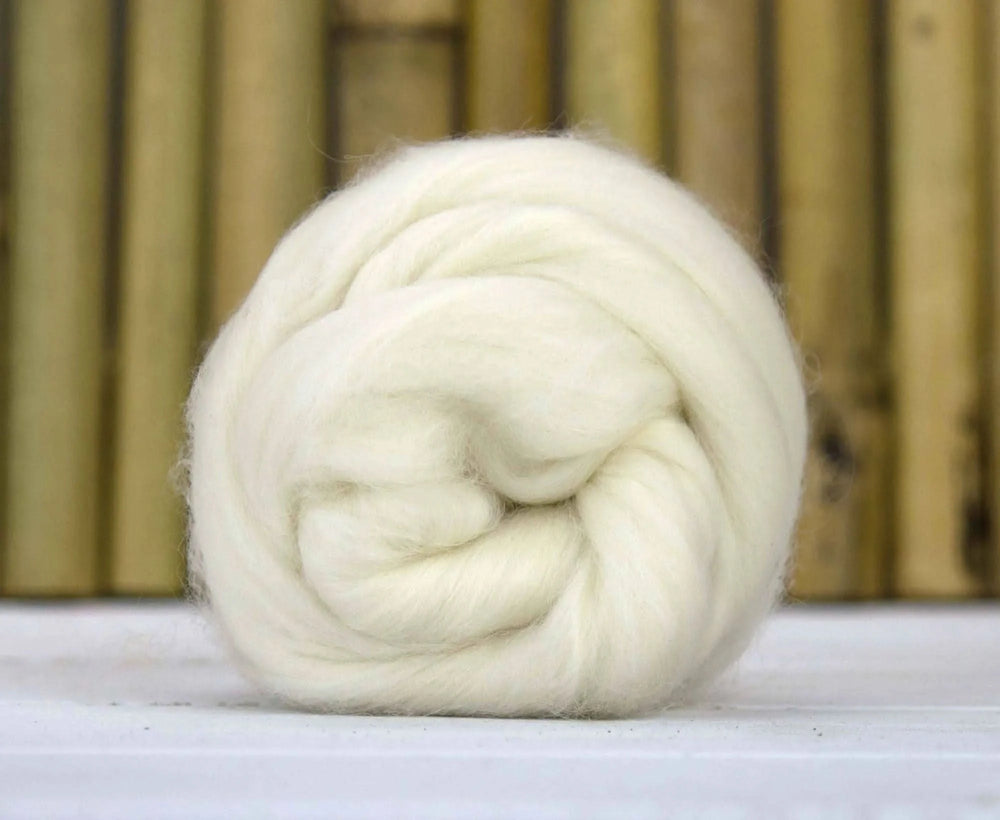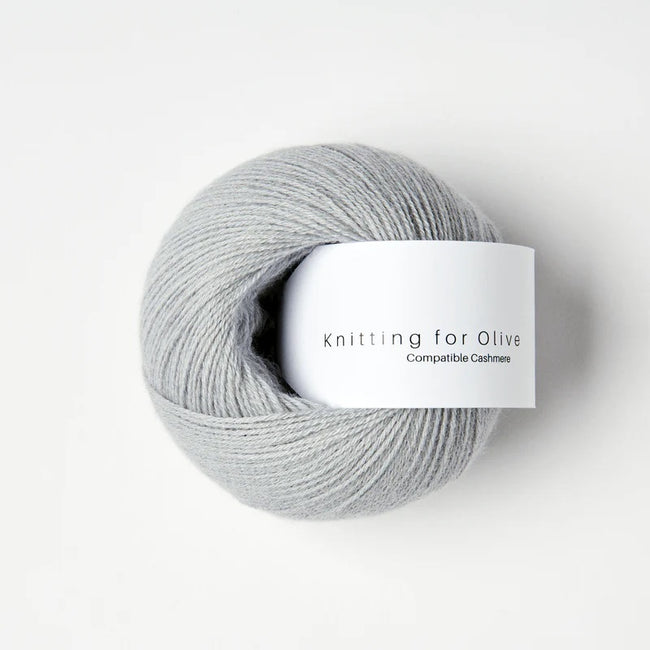The Opulence of What Is Cashmere: How It Enhances Your Wardrobe
Wiki Article
Discovering the Different Types of Cashmere an All-natural Fiber for Ultimate Luxury
Cashmere, an all-natural fiber, is typically related to deluxe and comfort. Not all cashmere is developed equal. From the richly soft Mongolian selection to the lightweight heat of Indian Pashmina, each kind provides its own special features and appeal. The extra economical Chinese cashmere, the typical Scottish variation, and the high-end Italian mix, all inform a different story of this impressive fiber. As we unravel the world of cashmere, a deeper understanding of its true worth and refinement starts to emerge.Comprehending the Luxurious Nature of Cashmere
Cashmere, typically connected with luxury and comfort, holds an one-of-a-kind allure in the world of natural fibers. This soft, light-weight product is fancied for its extraordinary heat and exceptional sturdiness. Unlike other all-natural fibers, cashmere combines insulation with breathability, providing unrivaled convenience throughout differing temperatures. Its lustrous surface and soft structure add to its high-end charm, justifying the costs cost that commonly includes cashmere garments. Additionally, cashmere's inherent crease resistance and flexibility improve its desirability, making it a favored choice for costs garments and devices. In spite of its delicate look, cashmere possesses a shocking strength, able to retain its shape and extravagant feeling over time. This distinct mix of features seals cashmere's setting as a sign of elegance and indulgence.
Simply What Is Cashmere and Where Does It Come From?

Offered these exceptional top qualities, one might question the origin and makeup of this lavish fiber. Cashmere is originated from the soft undercoat of cashmere goats, primarily discovered in Mongolia, China, Iran, and Afghanistan - is cashmere a natural fiber. These goats are adjusted to extreme climatic problems, producing a very great, soft underfur as a defense versus the bitter cold. This underfur, or undercoat, is what is harvested for cashmere. Each springtime, when the goats naturally lost their wintertime layer, farmers comb the fine underhair, leaving the coarser hair behind. This careful procedure contributes to the scarcity and high expense of cashmere. With its origin in the severe landscapes of Asia, cashmere is a testament to nature's capability to generate luxury from hardship.
Deciphering the Different Kinds Of Cashmere
Comprehending the different kinds of cashmere is essential to appreciating the top quality and distinct attributes of this luxurious textile. Normally, cashmere is categorized into 3 types: raw, virgin, and recycled. Translating these kinds is the very first step in understanding the exclusivity and value of cashmere.
The Distinct Characteristics of Each Sort Of Cashmere
Having explored the different categories of cashmere, it ends up being apparent that each kind flaunts its distinct set of attributes. Mongolian cashmere, as an example, is renowned for its superior quality, as a result of Mongolia's harsh wintertimes that generate longer and finer fibers. On the other hand, Chinese cashmere is frequently extra budget-friendly, though its shorter fibers can minimize toughness. Scottish cashmere is celebrated for its charming softness, a result of the traditional water cleaning process making use of Scotland's soft water. Italian cashmere, at the same time, is popular for its masterful mixing and coloring browse around this site methods, rendering it versatile and lively. Indian cashmere, additionally known as Pashmina, is cherished for its extraordinary agility and heat. Each kind, hence, adds to the fabric's credibility for luxury.Why Cashmere Is the Embodiment of Deluxe in vogue
Cashmere holds a prestigious placement in the globe of style, pertained to as an icon of deluxe and refinement (is cashmere a natural fiber). Cashmere is derived from the fine undercoat of Himalayan goats, known for their superior quality fiber. Cashmere's exceptional convenience and sturdiness make it a desired product in the production of premium garments.The Refine of Making Cashmere: From Goat to Garment
The journey of cashmere, from being an undercoat of a Himalayan goat to a glamorous garment, is a complex one. With the development of spring, farmers in Mongolia and China collect the wool by combing the goats, making certain no injury is done. The gotten wool includes coarse external hair and visit this website soft downy undercoat. This mix is then meticulously separated, with only the soft down made use of for cashmere. This raw cashmere is cleaned, dyed and spun into yarn. The yarn is then woven or knitted into materials. The final action includes washing and pressing to offer the textile its particular soft qualities and warmth. From goat to garment, each action is a testament to the skill, perseverance and creativity associated with crafting cashmere.
Conclusion
To conclude, cashmere, with its natural beauty and helpful hints unequaled convenience, reigns supreme in the world of high-end fashion. The diversity in types, varying from the soft Mongolian, light-weight Indian Pashmina, budget-friendly Chinese, typical Scottish, to the vivid Italian, exposes the adaptability of this natural fiber. The meticulous procedure of transforming it from a goat to a garment further includes to its exclusivity, making cashmere the epitome of sophistication and deluxe.Cashmere, an all-natural fiber, is typically associated with deluxe and convenience (is cashmere a natural fiber).Cashmere, typically associated with luxury and convenience, holds a special appeal in the world of all-natural fibers. Unlike various other natural fibers, cashmere combines insulation with breathability, providing exceptional comfort throughout varying temperatures. Cashmere is acquired from the soft undercoat of cashmere goats, mostly discovered in Mongolia, China, Iran, and Afghanistan. Cashmere is obtained from the great undercoat of Himalayan goats, understood for their exceptional quality fiber
Report this wiki page